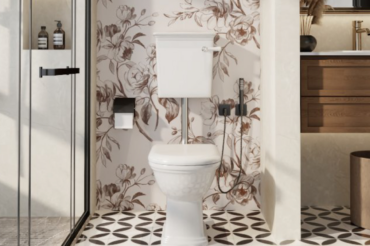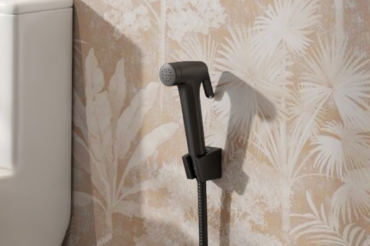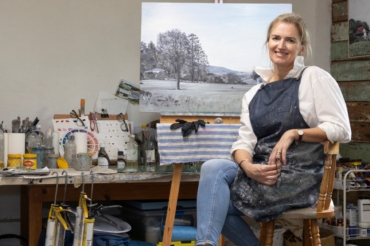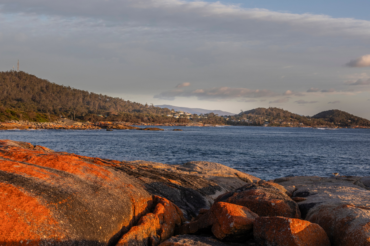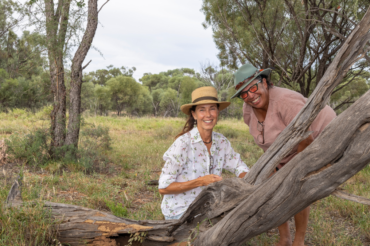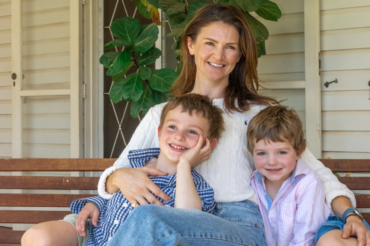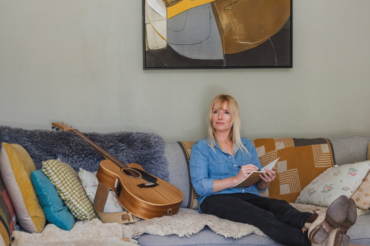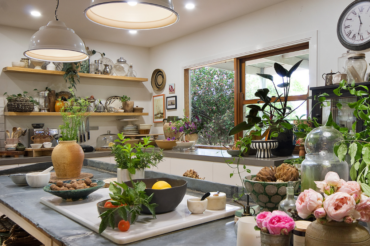
The Shaw family is determined to make a mark in South Australia’s Currency Creek Region. would be hard to imagine a less likely backstory than that of South Australian wine industry stalwarts, Richard and Marie Shaw.

Richard spent his childhood on his family’s mixed farm at Beaudesert in south-east Queensland. The farm was not big enough to support a family with five sons, and the going got even tougher when floods almost wiped out the entire property in the late-1960s. Richard visited South Australia for a church youth conference and met his future wife on Granite Island near Victor Harbor on the Fleurieu Peninsula.

Marie had also grown up on a farm and the couple shared deep Christian beliefs, with almost puritanical convictions about alcohol. “Drinking alcohol, let alone making it, was verging on heresy,” explains their son Philip, who these days is general manager of Shaw Family Vintners, with extensive vineyards in the Currency Creek region. “In 1976, when they put in five acres of vines on their farm in McLaren Vale, it was a bit like they’d planted marijuana. But Dad was a phenomenal farmer, and he was all about the crop, so he turned out to be a very good grape grower.

To this day, however, they hardly drink wine.” Philip and his four siblings grew up on the farm, which gradually extended its vineyards. In the mid-’90s, Shaw Family Vintners migrated its business half an hour south- east to Currency Creek, where they established 1000 acres (404 hectares) of vineyards and developed strong relationships with big industry names including Robert Oatley and the Casella family. The Hodge families also helped in the early days as they knew the region well. While Currency Creek may not hold the cachet of other South Australian regions such as the Adelaide Hills and Barossa or Clare Valleys, Philip says the region, close to where the Murray River enters Lake Alexandrina and then the Southern Ocean, offers many advantages including a cooler climate affording slower ripening times which favourably impact fruit intensity.

“It’s the closest Australia comes to replicating the estuarine environment of Bordeaux in France,” he says. “It’s a beautiful region, close to South Australia’s most popular holiday coast with boating, skiing and fishing on the river, whale watching and surfing in the ocean and the food, wineries and distilleries of the Fleurieu on the doorstep.” Philip and his wife, Natalie, who grew up in Adelaide, raised their four children on part of the family farm at McLaren Flat. “I was less than enthusiastic about moving to Currency Creek,” Natalie recalls.

“It put extra distance from family and friends. But in 2011, this property came on the market and I’d driven past the house and admired it many times, so we moved down here. The 100-acre block came with an 1853 limestone homestead with a massive shed at the back, which had served as the shearing shed and quarters and blacksmith shop in the property’s heyday as a 5000-acre (2023-hectare) sheep station. The homestead has a turret at one end, which the Shaws have been told was added around 1900, when the then

